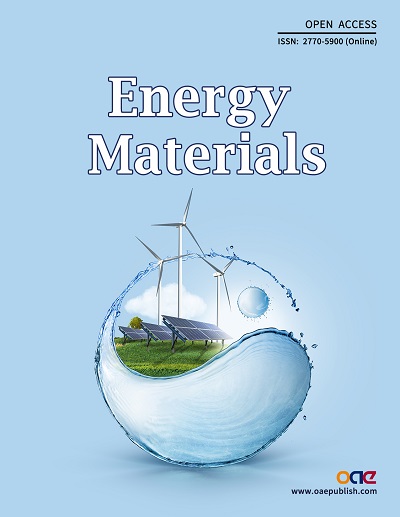fig2

Figure 2. Different reaction pathways for OER. (A) Schematic illustration of the proposed AEM pathway of OER in alkaline media on an active metal site. The lattice oxygen and oxygen from the electrolyte are marked in black and red colors, respectively. (B) Oxygen-vacancy-site mechanism (OVSM), (C) single-metal-site mechanism (SMSM), and (D) dual-metal-site mechanism (DMSM). The chemically inert lattice oxygen, active lattice oxygen involving OER, and oxygen from the electrolyte are marked in black, blue, and red colors, respectively. (E) The schematic band structure of octahedral-symmetric TMO6 in TMOs under the rationalization of molecular orbital theory. (F) The schematic representations of cation/anion redox chemistry guided by d-d Coulomb interaction (U) and charge transfer energy (Δ), which manifest conventional metal cation oxidation (left), oxygen anion oxidation (middle) and direct oxygen anion release (right) for OER, respectively. Δ is the energy difference between bonding (M-O) and antibonding (M-O)* bands, and U is the energy difference between UHB and LHB, respectively. Copyright 2021, Royal Society of Chemistry[35].










